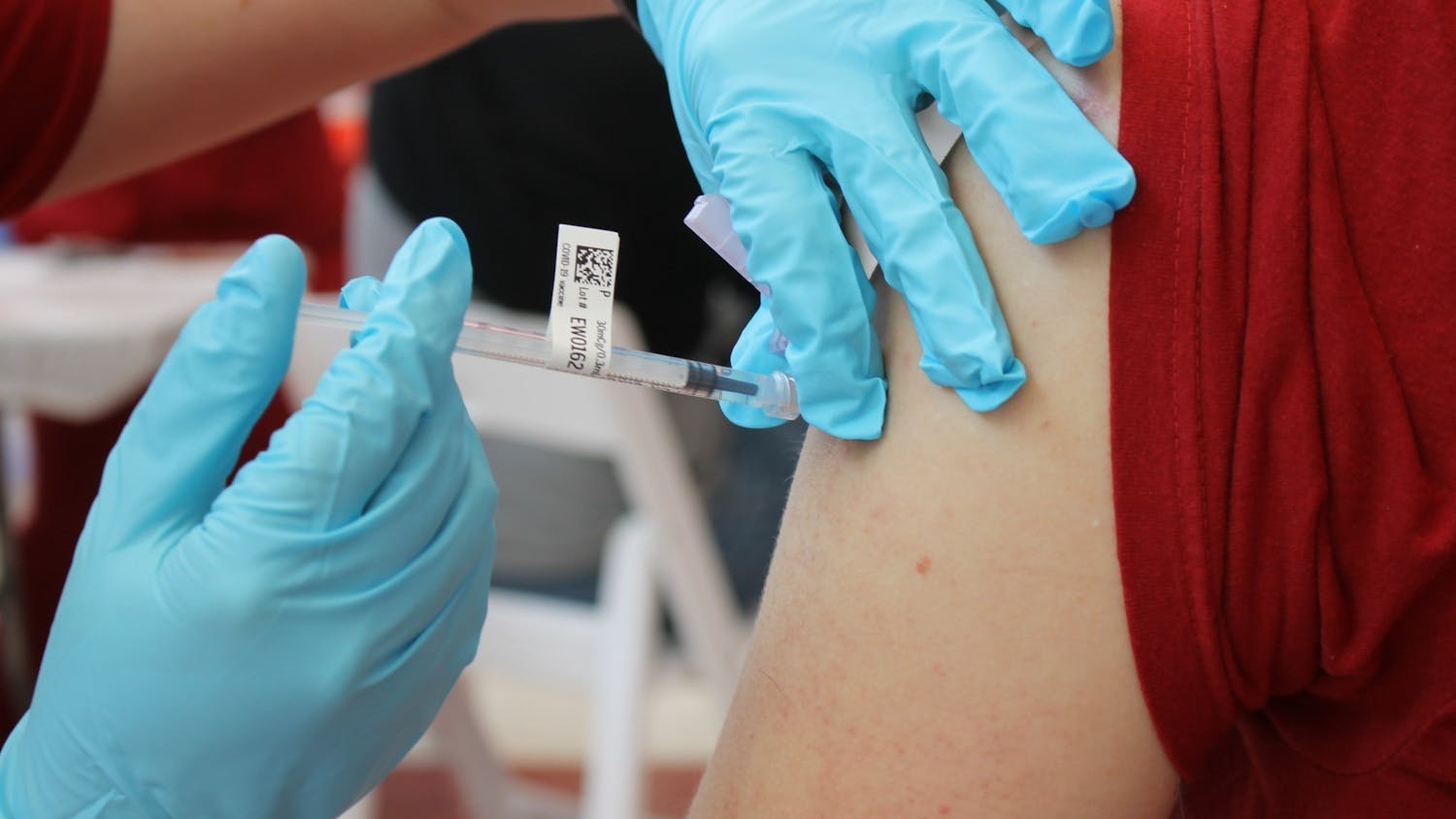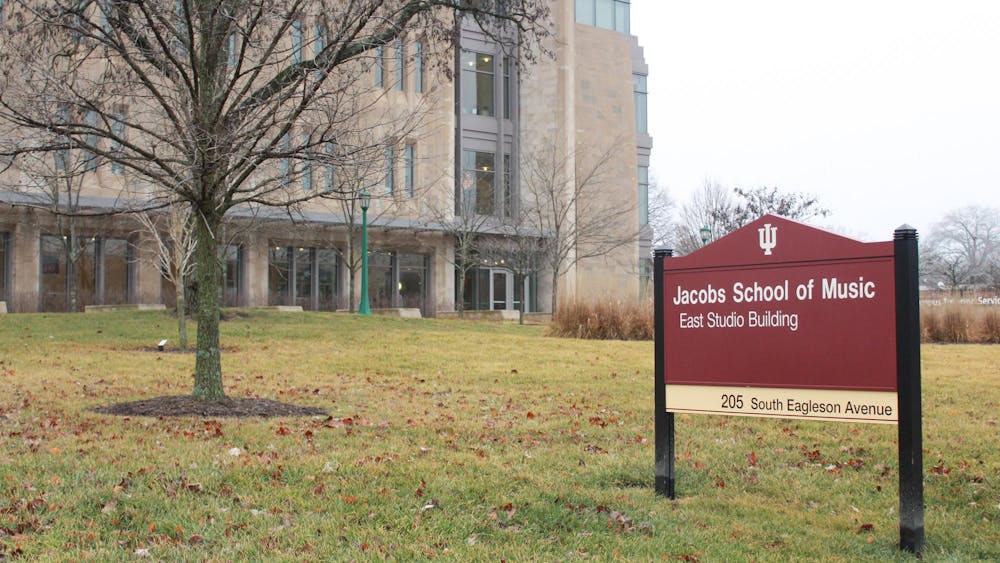Answers about whether people are alone in the universe might lie beneath Earth's surface. \nThe subsurface of Earth is very similar to that of the planet Mars, said IU geology professor Lisa Pratt. Pratt leads a team of scientists from the Indiana Princeton Tennessee Astrobiology Initiative, which is funded by the NASA Astrobiology Institute. \nPratt and her team recently found bacteria living in the subsurface of Earth. The key to life in the subsurface seems to be sulfur, which also exists on Mars. Pratt said that if it's possible for the bacteria to live here, there is a possibility that a similar organism could survive on Mars. \n"It's very philosophical," Pratt said. "We're finding out we're not alone, where life originated and how it is evolving all over the universe."\nBecause the subsurfaces of Earth and Mars are so similar in their geographic and chemical makeups, the probability of microorganisms living on Mars is high, Pratt said. \n"We should actually prove that (life) is not there," she said.\nPratt has been studying the possibility of life on Mars for almost nine years. Her team is made up of students and scientists from IU and other universities. The team's research is mostly based in South Africa, where they found bacteria living in water underneath the surface of mines. The bacteria are 16 million to 25 million years old, Pratt said.\nPratt's team focuses on the way underground bacteria survive in the harsh environment.
IU geology professor Edward Ripley analyzed the many samples of the bacteria Pratt's team found in the water and rocks of the subsurface. He said the bacteria live through water radiolysis, a process by which radiation sustains bacteria through the dissociation of water molecules into hydrogen and nitrogen, according to www.euronuclear.org a leading science Web site for the European Nuclear Society. Ripley said the bacteria use sulfur as an energy source, and the existence of the sulfur proves the possibility of the same bacteria living on Mars. \n"We know there is sulfur on Mars," he said. "(The bacteria) might be forming there."\nIPTAI's most recent research took place in the subsurface of mines in northern Canada in July 2006. The team drilled holes into the cold ground and extracted fluids and gases to be analyzed and studied. Pratt and her team found other samples of the bacteria in the water. They plan to continue their research in Canada in April, she said.\nAccording to IPTAI's Web site, www.indiana.edu/~deeplife, the group is interested in studying the subsurface of Earth so that when it is possible to do the same on Mars, it will be a new planet, but not a new procedure. \n"Within our lifetime, we can find more information on organisms on other planets," she said. "It's within our technological capability if it's politically feasible to use a budget for an extraterrestrial campaign."\nResearch being done now and research that will come in the future could open the door for some unconventional theories to be tested.\nRipley and Pratt said some scientists subscribe to the theory that a meteor from Mars landed on Earth, and is responsible for all life. Some of the scientists believe bacteria found on the meteor could have been the first single-celled organisms to live on the Earth.\nIf life does exist on Mars, the planet could be used to tap its resources, like water, if humans ever need it, Ripley said. He also said it is not beyond the reach of humans to one day live on Mars.\n"If technology gets to the point where we can create a stable atmosphere, it has possibilities," he said.\nPratt was featured Sunday on the BBC radio show "Naked Scientists" to talk about her research. When asked how her research could connect to the possibility of life on Mars, she said the recent finding of the bacteria proves that scientists still have a lot of research to do.\n"This proves we know very little about Earth," she said. "We have a lot to learn about our own planet"





